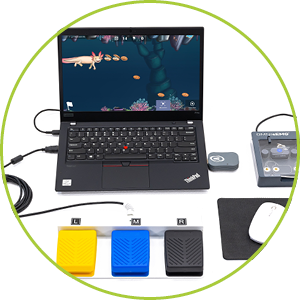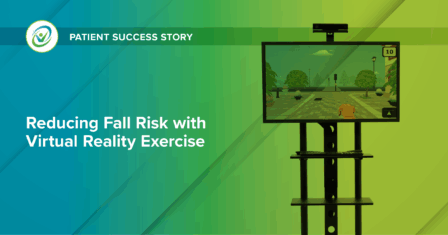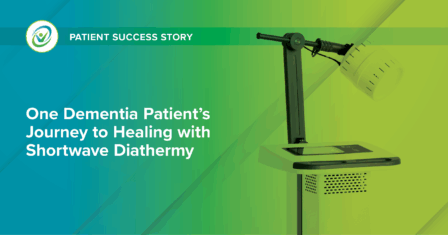Addressing Swallow Function with E-Stim and sEMG Biofeedback
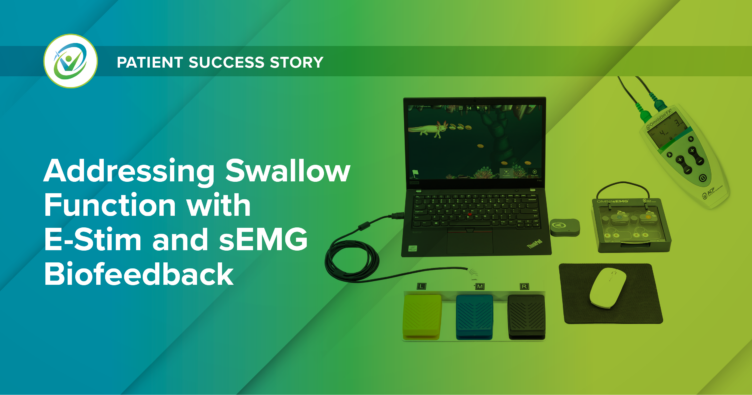
This 83-year-old patient was admitted to a skilled nursing facility following hospitalization for a bilateral hemisphere stroke (affecting both sides of the brain). As a result, he developed opharyngeal dysphagia (difficulty chewing and swallowing). He was placed on a modified diet and referred to speech-language pathology services to improve swallowing ability. Before his stroke, he lived alone, consumed a regular diet, and drank thin liquids.
Therapy Protocol
Speech Therapy
- 5x/week x 3 weeks
Omnistim® FX2 Portable PENS
- Patterned Electrical Neuromuscular Stimulation (PENS) head and neck protocol to improve the effectiveness of swallowing exercises
Synchrony Dysphagia Solutions by ACP®
- Effortful swallow exercise using Kangaroo virtual reality representation of muscle output to improve swallowing coordination and effort
Additional Interventions
- Patient education for swallowing strategies
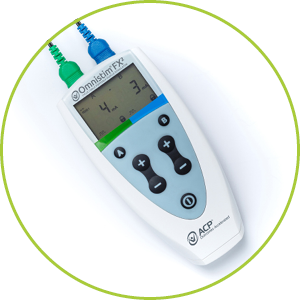
Omnistim® FX2
Portable PENS
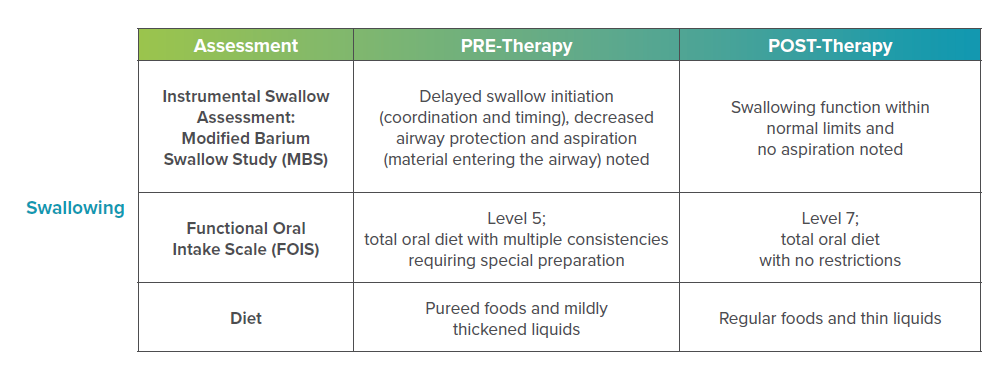
This patient went home to an assisted living facility and is very happy to have recovered his swallowing capabilities, enabling him to eat the food he loves with no restrictions! His speech-language pathologist credits the Synchrony Dysphagia Solutions System:
Synchrony is a very effective tool that improved his swallow function.
Therapist
Improve Dysphagia Outcomes
Combining sEMG with a virtual environment, Synchrony engages patients in fun, interactive swallowing and speech exercises that improve motivation and promote better functional outcomes.
MRK-BLOG-026
After being hospitalized for a stroke, this patient had trouble chewing and swallowing. As a result, he was placed on a modified diet and referred to speech-language pathology services. Following three weeks of speech therapy, he was able to enjoy a regular diet and return home. Keep reading to find out how his care team did it.
Latest Updates
Subscribe to stay up-to-date on our latest posts.

